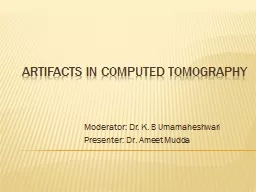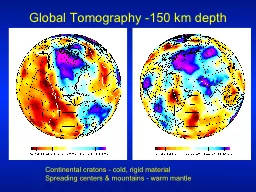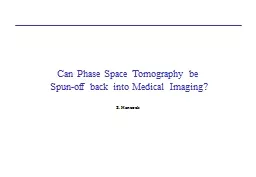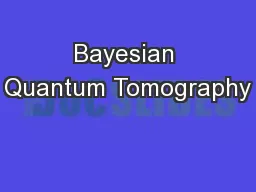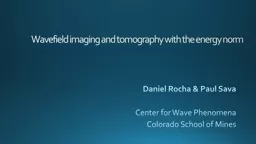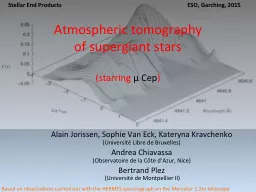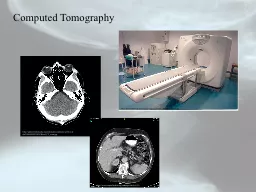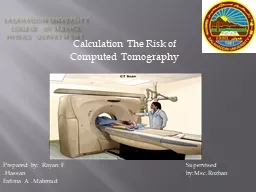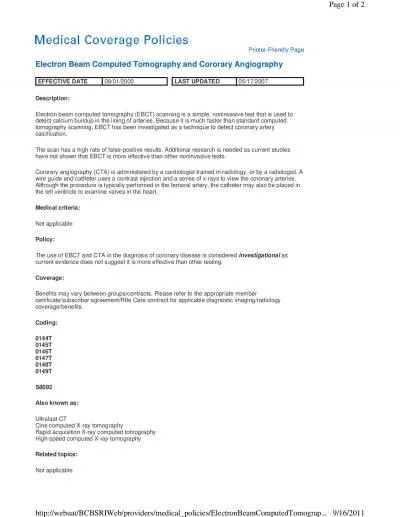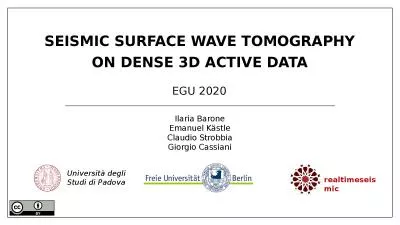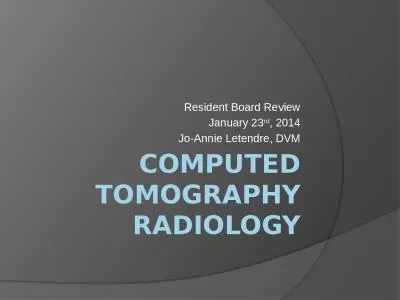PPT-ARTIFACTS IN COMPUTED TOMOGRAPHY
Author : genevieve | Published Date : 2023-05-29
Moderator Dr K B Umamaheshwari Presenter Dr Ameet Mudda introduction Artifacts can seriously degrade the quality of computed tomographic CT images sometimes to
Presentation Embed Code
Download Presentation
Download Presentation The PPT/PDF document "ARTIFACTS IN COMPUTED TOMOGRAPHY" is the property of its rightful owner. Permission is granted to download and print the materials on this website for personal, non-commercial use only, and to display it on your personal computer provided you do not modify the materials and that you retain all copyright notices contained in the materials. By downloading content from our website, you accept the terms of this agreement.
ARTIFACTS IN COMPUTED TOMOGRAPHY: Transcript
Download Rules Of Document
"ARTIFACTS IN COMPUTED TOMOGRAPHY"The content belongs to its owner. You may download and print it for personal use, without modification, and keep all copyright notices. By downloading, you agree to these terms.
Related Documents

